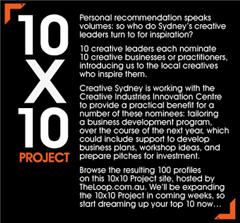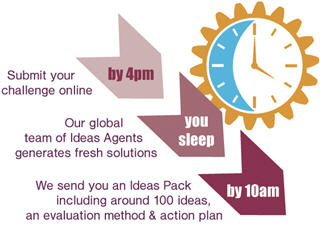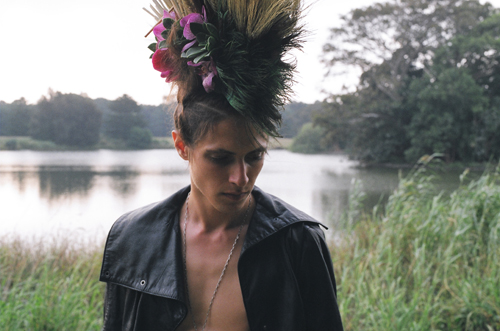Today I spoke at the Critical Horizons Regional Futures conference held in Bunbury, Western Australia,which “examines emerging global trends and how they might affect regional communities in the South West Region of Western Australia”. It is fantastic that a non-urban region runs a regular event to examine its future. It is clear that the attendees from across business and government had a keen appetite to explore the future and what they need to do to create a prosperous region in years to come.
The regional economy is still largely driven by mining and to a lesser extent agriculture (including the delightful Margaret River wines). It is experiencing many issues common to regional areas, including the loss of younger people to cities. However it has a particular context in its location. Australia is one of the most urbanized countries in the world, and Perth is the most isolated city in the world. Bunbury is over 2 hours drive away from Perth. It took me 10 hours door-to-door to get here from Sydney – by far the longest it has taken me to get to a speaking gig in Australia.
The region’s geographic isolation means the topic of my keynote here, Power to the People: Thriving in a Hyperconnected Society, is immensely relevant. I discussed the overwhelming trend of how a connected world is shifting power from institutions to individuals. However I also covered the implications for regions of the emerging global talent economy. Crowdsourcing tools on one level provide access to extraordinary talent that can be harnessed in ways limited only by imagination. Yet a connected world also provides opportunities to provide services, both in existing domains, and especially in managing projects.
To the extent that they are useful (usual disclaimer: my slides are created to accompany my speeches, not to be viewed on their own) here are my slides for my keynote (minus the Flash animations).




